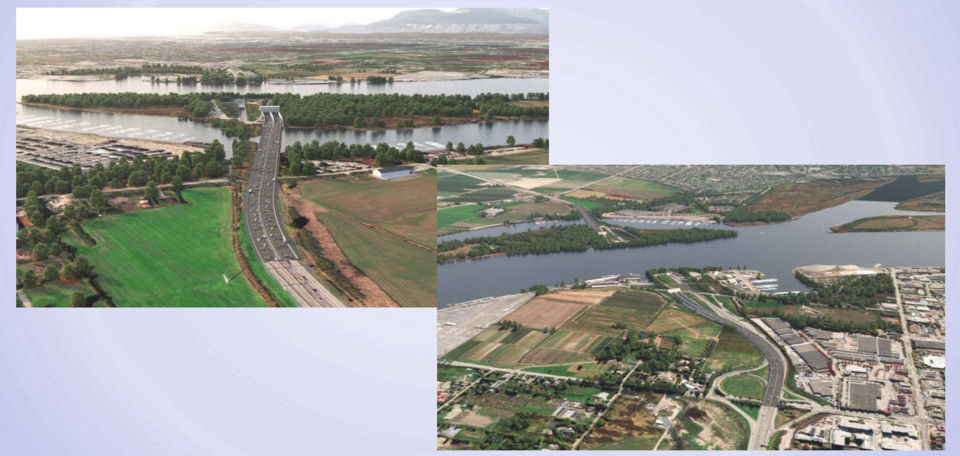Richmond’s mayor and MLA both say that the decision to replace the Massey Tunnel was a long time coming — but their agreement on the subject ends there.
On Wednesday, a task force made up of Metro Vancouver mayors voted in favour of an eight-lane immersed tube tunnel — with two of those lanes dedicated to transit — to replace the 60-year-old tunnel.
The current 629-metre tunnel is also an immersed tube tunnel, and was the first to use immersed tube technology when it was opened by Queen Elizabeth II in 1959.
In an immersed tube, the tunnel is composed of segments that are constructed elsewhere before being floated to the tunnel site, then sunk into place and linked together.
Most of the task force was in favour of the decision — only Tsawwassen First Nation Chief Ken Baird voted against the motion, citing concerns about the impact on salmon and the environment.
But Baird’s concerns are shared by Richmond-Queensborough Liberal MLA Jas Johal, who said there’s not enough information in the new tunnel’s recommendation.
“There are huge environmental concerns in regards to dredging and the environmental assessment that will be required,” said Johal.
“We are going to put a significant amount of material in the river. We didn’t know much better 60 years ago, but we should know better now,” he added.
According to a report compiled by provincial officials ahead of the Oct. 4 meeting, an immersed-tube tunnel will create the largest disruption during construction, but that environmental impact will be short-term, according to Richmond Mayor Malcolm Brodie, who added that research has shown the tunnel will have less environmental impact than the B.C. Liberals’ previously-proposed 10-lane bridge.
“Yes, we have to listen to (the environmental assessment) and be environmentally concerned. But those concerns can be addressed,” said Brodie, adding that he believes everyone would want to do what they can to minimize the tunnel’s environmental impact during construction.
One of the other options that the task force considered was a deep-bored tunnel, but according to the province's Oct. 4 presentation to the task force, that would have impacted up to 200 acres of ALR land. That’s one of the reasons why the task force didn’t consider that option to be feasible, said Brodie.
Although he doesn’t know how much the ALR will be affected by the immersed-tube tunnel.
“There will be some impacts to the ALR, but (the province) is doing everything they can to minimize that,” said Brodie.
Johal is also frustrated that the entire process to replace the tunnel is starting all over again, adding that he thought the decision had more to do with politics than improving transportation.
While the province hasn’t confirmed a completion date, the earliest commuters could see the new tunnel is 2028, which gives three years for an environmental assessment and five years for construction, according to the province’s report.
“The reality is that we had a shovel-ready project,” said Johal, adding that he’s concerned about what the decision means with respect to moving goods and services throughout the region.
“Year after year, we’re expecting about a half a million people, more than half a million people, to move to the Lower Mainland up to 2030,” said Johal. “Some of them are going to be living around here. So I’m very much concerned about the congestion and what it means for this reason.”
And with the bridge, said Johal, there were plans to accommodate a future SkyTrain expansion across the river — something that the new tunnel doesn’t address.
“They lost opportunities with a tunnel,” said Johal.



